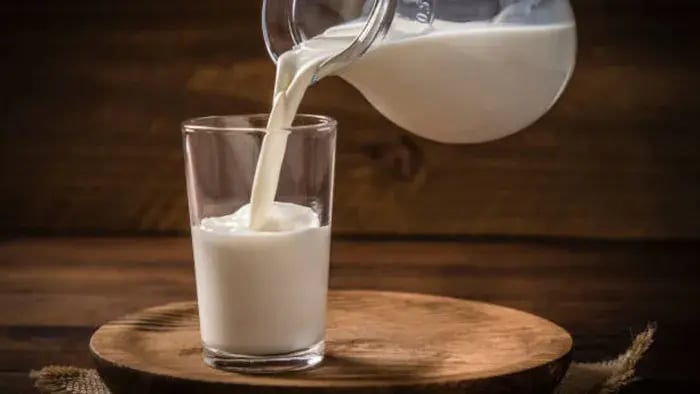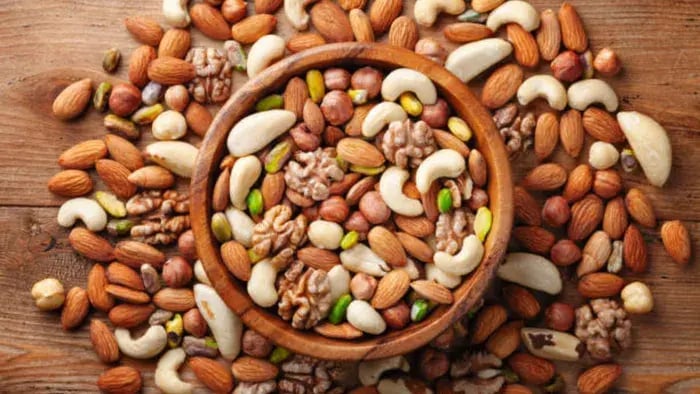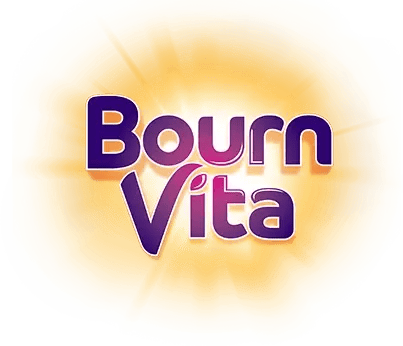- Milk and Dairy
- Whole Grains
- Pulses and Legumes
- Green Leafy Vegetables
- Eggs
- Seasonal Fruits
- Nuts and Seeds
Introduction

Children are constantly growing, learning, and exploring the world around them, and their bodies need the right fuel to keep up with these demands. A well-balanced diet is one of the most powerful tools to ensure they get the strength and energy to thrive. Nutrition is about choosing foods that supply the right mix of vitamins, minerals, proteins, and healthy fats that support physical growth, brain development, and strong immunity.
Every stage of childhood has different nutritional needs. Growing bones require calcium, developing brains need omega-3 fatty acids, and active muscles depend on proteins. At the same time, vitamins and minerals help fight infections, maintain energy, and keep children alert in school.
A diet chart for kids works best when it includes variety. Fruits, vegetables, dairy, pulses, nuts, and whole grains each add something unique to the growth process. The balance lies in combining them in the right amounts while keeping meals interesting and tasty. With small, thoughtful choices, parents can make sure children grow not just taller and stronger, but also healthier and happier.
7 Building Blocks of a Healthy Plate

Children need more than just calories to grow; they need a careful balance of nutrients that shape their physical strength, sharpen their focus, and build immunity to everyday challenges. A structured nutrition chart makes it easier to ensure kids receive what their bodies demand at every stage of growth. From strong bones and muscles to a healthy brain and sharp memory, food plays a role in shaping a child’s present and future health.
The essentials of a kid’s diet are not about fancy meals but about smart choices from what is easily available. By including the right mix of proteins, vitamins, minerals, and healthy fats, you help your child develop steadily while also forming healthy eating habits that last a lifetime.
Milk and Dairy
Milk, curd, and paneer are excellent sources of calcium and protein. According to the study published in J Food Sci Technol In 2011, calcium ensures proper bone development, while protein aids in muscle repair and growth. Including a glass of milk, a bowl of curd, or paneer in meals supports steady growth. For kids who are lactose intolerant, alternatives like ragi or fortified soy milk are equally beneficial.
Whole Grains
According to the Dietary Guidelines for Indians, whole grains like wheat, oats, and brown rice provide complex carbohydrates that release energy slowly, keeping kids active throughout the day. They also add fiber, which supports digestion, and B vitamins that help in brain function. A chapati at lunch or oats for breakfast can keep energy levels balanced and stable.
Pulses and Legumes
Pulses such as moong dal, toor dal, rajma, and chana deliver plant-based protein along with iron and fiber. According to the FSSAI, they are easy to digest, versatile in cooking, and can be paired with rice or roti for complete nutrition. Regular intake supports steady growth, improves stamina, and keeps energy levels high for both study and play.
Green Leafy Vegetables
Leafy greens are rich in vitamins A, C, and K, as well as iron and folate. Research conducted by Crit Rev Food Sci Nutr 2023 shows that, they help in blood formation, bone strength, and improved immunity. Adding palak paratha, spinach soup, or a handful of sautéed greens ensures kids receive essential nutrients that are often missing from their plates.
Eggs
A study published in BMJ Paediatr Open. 2024 highlights that eggs are rich in protein, Vitamin D, B12, and choline, which are vital for memory and brain development. A boiled egg in the tiffin, scrambled eggs for breakfast, or an omelet before school make a quick, nutritious meal. They also help build stronger muscles and improve concentration in studies.
Seasonal Fruits
Fruits are loaded with vitamins, minerals, antioxidants, and fiber. Research conducted by Adv Nutr. 2012 says that citrus fruits supply Vitamin C for immunity, bananas give potassium for muscle health, and mangoes offer Vitamin A for good vision. Fresh fruit snacks between meals or a colorful fruit salad add both taste and nutrition to a child’s diet.
Nuts and Seeds
As per a study published in Foods. 2023 nuts and seeds are excellent sources of protein, healthy fats, and minerals like zinc and magnesium. They support brain function, keep bones strong, and provide energy for active kids. A handful of soaked almonds, nut butter on toast, or flaxseeds sprinkled in smoothies are easy ways to include them daily.
Conclusion

A balanced nutrition chart for kids is not about complicated recipes but about variety and consistency. By combining dairy, whole grains, pulses, vegetables, eggs, fruits, and nuts in the right proportions, you provide complete nutrition that supports growth, immunity, and energy. Every meal is an opportunity to build habits that will carry into adulthood, ensuring your child grows not only stronger but also healthier and more resilient.
Her love for storytelling began with reading her grandfather’s speeches, where Tarishi saw the power of words in creating lasting memories. Combining her passions for food and writing, she has turned her life into a fulfilling path of sharing stories that celebrate flavours and how food brings communities together.
The views expressed are that of the expert alone.
The information provided in this content is for informational purposes only and should not be considered a substitute for professional medical advice, diagnosis, or treatment. Always seek the advice of your physician or another qualified healthcare provider before making any significant changes to your diet, exercise, or medication routines. This is a sponsored article.
References
https://pmc.ncbi.nlm.nih.gov/articles/PMC10000569/
https://pmc.ncbi.nlm.nih.gov/articles/PMC3649719/
https://pmc.ncbi.nlm.nih.gov/articles/PMC10900354/
https://pubmed.ncbi.nlm.nih.gov/35816152/
https://www.nin.res.in/downloads/DietaryGuidelinesforNINwebsite.pdf
















